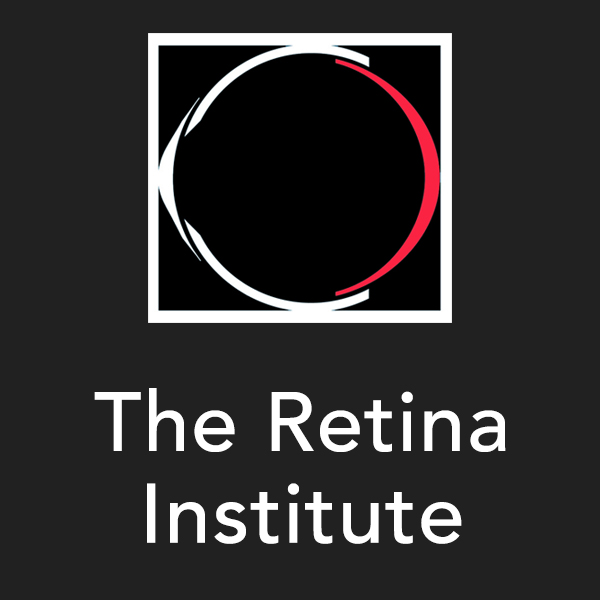Photodynamic Therapy
Photodynamic therapy is a form of treatment that has been approved for the wet type of macular degeneration. This therapy is used for the treatment of abnormal blood vessels that grow beneath the retina secondary to macular degeneration and other retinal diseases. While conventional laser treatment has been used for macular degeneration for the growth of blood vessels underneath the center part of the vision, only about one in five are eligible for this treatment.
With the growth of new blood vessels in macular degeneration, fluid and blood that are present can cause scar formation that can destroy vision in patients with this condition. Photodynamic therapy allows us to close the abnormal blood vessels and stop and stabilize the leakage and hopefully improve vision in some patients.
How is PDT different from conventional laser?
Photodynamic therapy is a two-step process. With the first step the patient receives an injection of a special dye called Visudyne through a vein in the hand or the arm. This dye circulates throughout the body and only sticks to the abnormal blood vessels underneath the retina. A laser of very low energy is used at this point, and this does not damage the retina like regular laser treatment. The light activates a special compound which is found within those abnormal blood vessels. When the compound is activated the blood vessels are closed.

